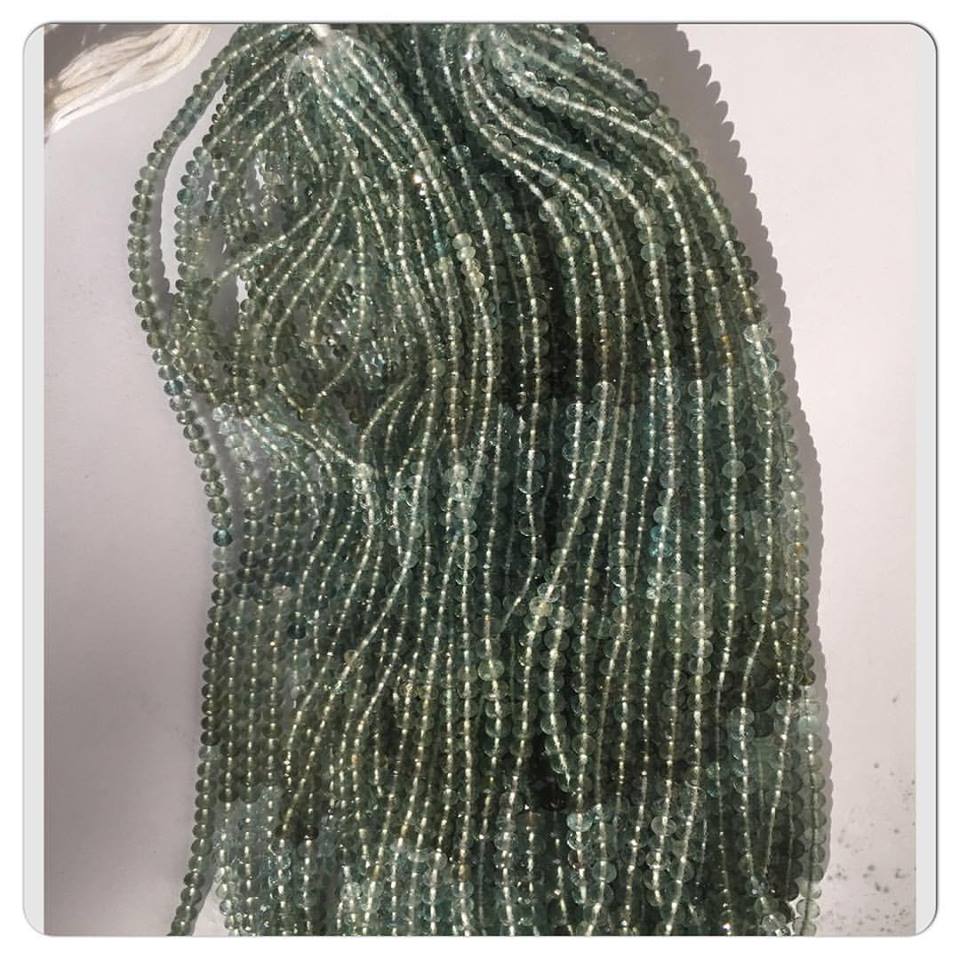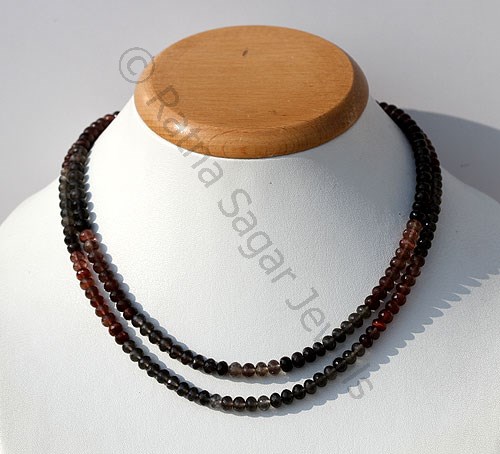There are exclusive gemstones named specifically as per the colour they reveal. For instance, Turquoise, aquamarine gemstone, opal, lapis gemstone and many more are only a handful of an exhaustive list. And then, there are others that have an effervescent optical characteristic of changing colours depending on the angle you view them, or on the way light falls on them.For example, Alexandrite runs a beaming green shade in daylight and mysteriously transforms into richly blue under fluorescent light.

If that is not enough, the same stone displays a majestic play of orange and red colour when exposed to incandescent light.
How distinct is colour change phenomenon in gemstones?
Colour change is a well-recognised optical phenomenon that occurs in a gemstone when exposed to different wavelength of light. This optical property is observed in sapphires and garnets too, but it is exclusively called “Alexandrite Effect”.
What is Alexandrite?
A type of chrysoberyl, Alexandrite is an orthorhombic gemstone named after the Tsar of Russian, Alexander II (1818-1881). Discovered for the first time in the Urals near River Tokovaya in 1834, the gemstone gained immense popularity only after master gemstone George Frederick Kunz produced some of the most magical platinum and diamond ensemble featuring Alexandrite.
What contributes to the Play of Colour?
The chemical composition complemented by the crystalline structure and its double refraction index of 0.009 gives the stone its majestic optical brilliance. Just like its optical phenomenon, the crystal itself so very rare in the nature. Alexandrite is not a regular chrysoberyl. In addition to iron and titanium oxides, the gemstone also contains traces of chromium. Some minor traces of vanadium and gallium are also present but they are considered as impurities, rather than featuring as colouring agents.
Due to the presence of so many ions, Alexandrite reveals a show of colour ranging from green to yellow, brownish red to purple, yellow green to bluish green.
The most genuine form of gemstones:
Alexandrite is rarest gemstone to make it to the collector’s list. They are mined from Sri Lanka, India, Madagascar, Zimbabwe, Burma, Tanzania and Brazil. Synthetic Alexandrites are yet to be produced with satisfying results. They remain untouched by the heat treatments and dyeing agents that mark the markets for sapphire and rubies.

A true gemstone bearing the tag of Alexandrite always exhibits two optical phenomena: Cat’s eye gemstone or chatoyancy and change of colour.
Cut and Clarity:
Alexandrite is blessed with clear lustre and rarely has any inclusions. It’s the inclusions in sparing numbers that give the gemstone its chatoyancy property. Often cut in mixed cuts, aristocrats prefer uncut Alexandrite owing to the rarity and save weight. They are mostly available in cut form weighing less than one carat.
However, some world-famous Alexandrite stones are actually way heavier than standards. For example, the 17.08 carat Whitney or the 43 Carat Gem or 66-Carat Gem… they all are big and magnificent.
Perfect engagement gifts revered by the lovers all over the world- The Alexandrite Russian rings set on platinum.
57c18e2c-b8ef-48a3-ac3e-54f4643dbe64|0|.0|27604f05-86ad-47ef-9e05-950bb762570c
Tags
: Lapis Gemstones . Aquamarine Gemstones . Cat’s eye gemstone . Wholesale gemstone beads